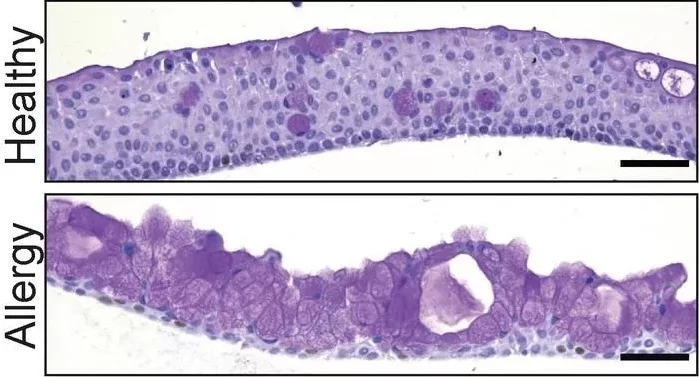The Hubrecht Institute’s Organoid group has successfully developed the first human conjunctiva organoid model. This breakthrough allows for a better understanding of the conjunctiva’s structure and function, which plays a crucial role in tear production and eye health. In their research, they discovered tuft cells as a novel cell type in this tissue.
The significance of this achievement lies in the fact that the conjunctiva is involved in producing tears, which are essential for protecting the eyes from injuries and infections. However, conditions such as infections, allergies, cancer, and dry eye syndrome can affect the conjunctiva, and when it malfunctions severely, it can lead to blindness. Until now, there was no reliable model of the human conjunctiva, limiting research and treatment options for such conditions.
To create the organoid model, the researchers cultivated human conjunctival cells into three-dimensional structures in a dish, mimicking the actual human conjunctiva. This breakthrough allowed them to explore how the conjunctiva contributes to tear production and discover that it also produces antimicrobial components, not just mucus.
Under allergy-like conditions, the organoids produced different tears with increased mucus and antimicrobial components. Moreover, the researchers identified tuft cells in the organoids, which are cells that may be involved in the ocular response to allergens. This newly developed organoid model opens up opportunities for studying conditions that affect the conjunctiva and testing drugs for allergies and dry eye disease.
In the long term, this research could pave the way for creating new conjunctival tissues for patients with genetic diseases, ocular burns, or ocular malignancies, potentially offering innovative treatment options.
Keywords: Organoid





